Mixing aspects of art, activism, and science, the Danish artist collective Superflex has created a series of collaborations like never before seen. Superflex was founded in 1993 by Jakob Fenger, Rasmus Nielsen and Bjørnstjerne Christiansen. They describe their projects as “tools,” proposals that invite people to engage in and communicate the implementation of models that change economic production conditions. Their projects are often related to economic structures, political conditions, and self-organization. Superflex is dedicated to exposing and criticizing the current neoliberal economic system. Many of their projects seek to make economic processes transparent and create a new balance between commercialization and globalism.
Superflex first created their logo before they even produced any work. The group wanted to use their logo to function as anticapitalist critique while it was still engaging in the habits of capitalism. To Superflex, art is a human practice that seeks to accept non-human experiences and shift humanity towards new ways of thinking and living, beyond the way we understand the world to be today. Over the last 30 years, Superflex has created alternative energy production systems, paintings depicting a hallucinatory economy, toilets as power structures, and sculptures as fish penthouses. Their artwork is retrospective and unconventional, always keeping audiences at the edge of their seats.
Superflex’s iconic project Guarana Power (2003) is a collaboration with a Guaraná farmers' cooperative in the Amazon Forest. Superflex and the farmers worked toward creating their own guaraná drink called Guaraná Power. The project was established as a political response to the actions of certain multinational corporations whose monopoly on the procurement of guaraná seeds had reduced the price for the raw material down by 80% while the costs of their products had increased exponentially. Superflex’s design of the guaraná drink bottle used the original emblem of the drink with a blacked-out Guaraná Power logo placed on top of it. The artwork encompasses everything from the initial production of the seeds by guaraná farmers to the global advertising of the mainstream-brand drink. The project facilitated discussions around brand value as a global political power that overtakes the production of local farmers.
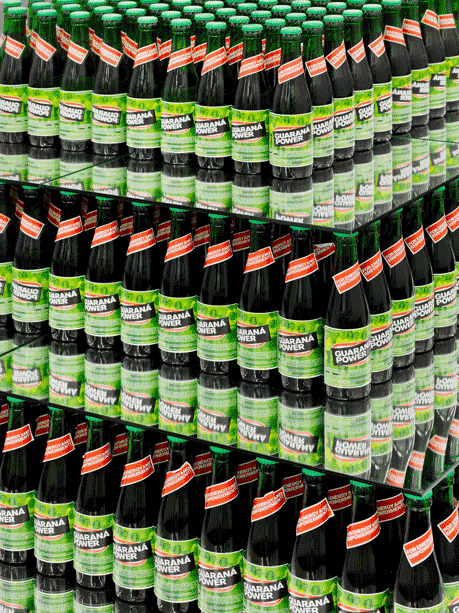
Superflex has long been concerned with multinational forces, tackling socioeconomic issues and questioning contemporary economic and political systems. Their 2009 film Flooded Mcdonald’s established their international reputation. The film depicts an image of a McDonald’s restaurant slowly overfilling with water. An image of Ronald McDonald’s statue, soaked fries, and plastic cups fills the restaurant as it is immersed in water. The film highlights the growing concern of globalization and climate change. Half-eaten Happy Meals floating in the water display destruction by the desirability of waste.
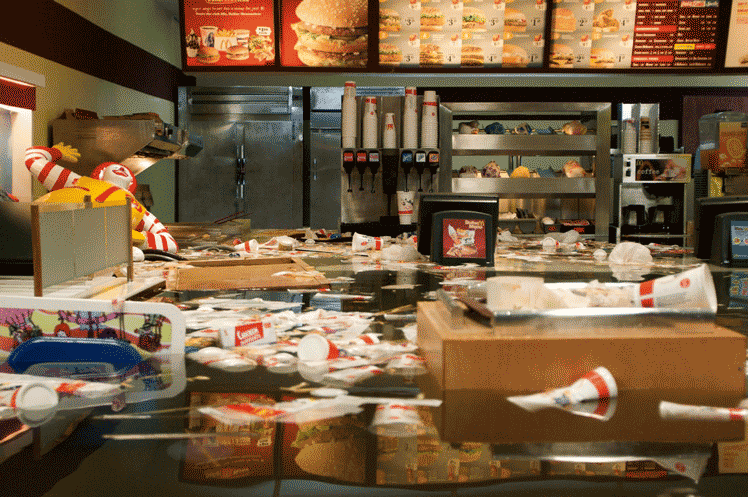
It Is Not The End of The World (2019) is a work by Superflex that presents the familiar phrase as an arrangement of LED lights while staging a time travel into an apocalyptic future. The sign invites audiences to reflect upon their present role in a world of accelerated climate change and an apocalyptic future to envision a world of vivid and complex life-forms. It allows visitors to transform themselves into archeologists and imagine a dystopian future. It Is Not The End of The World creates a multifaceted narrative of the end of mankind, suggesting that global changes might be the end of humanity but not necessarily the end of the world. Throughout history, Earth has demonstrated the potential to overcome devastation and reinvent life again and again, and it most certainly will do so in the post-human era.
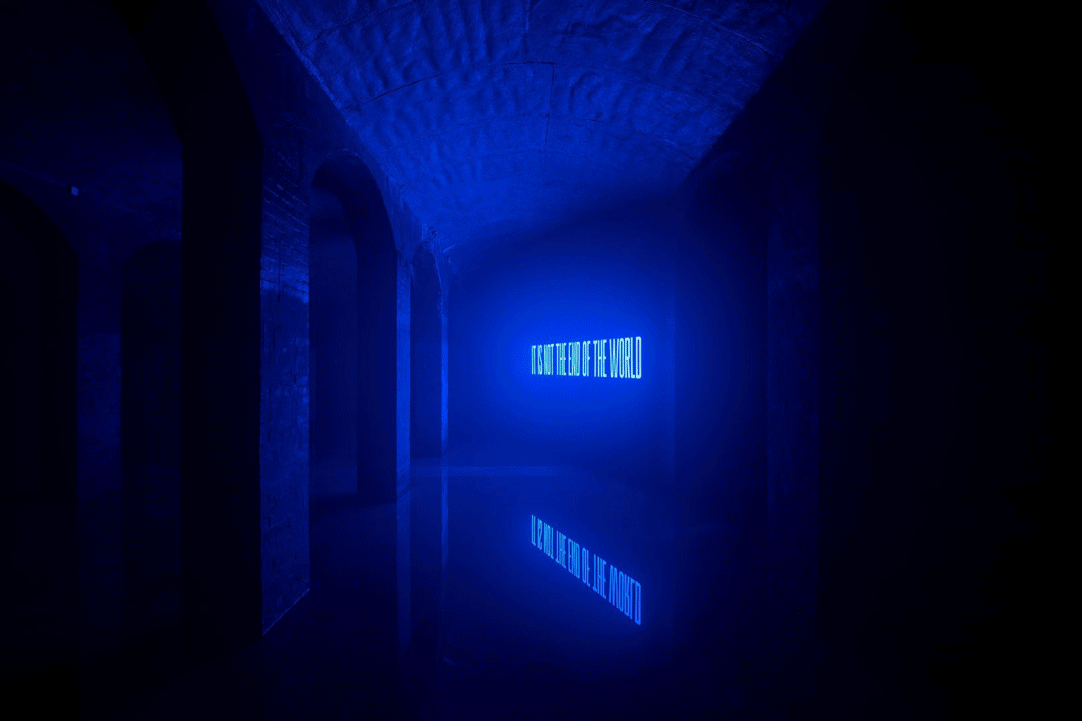
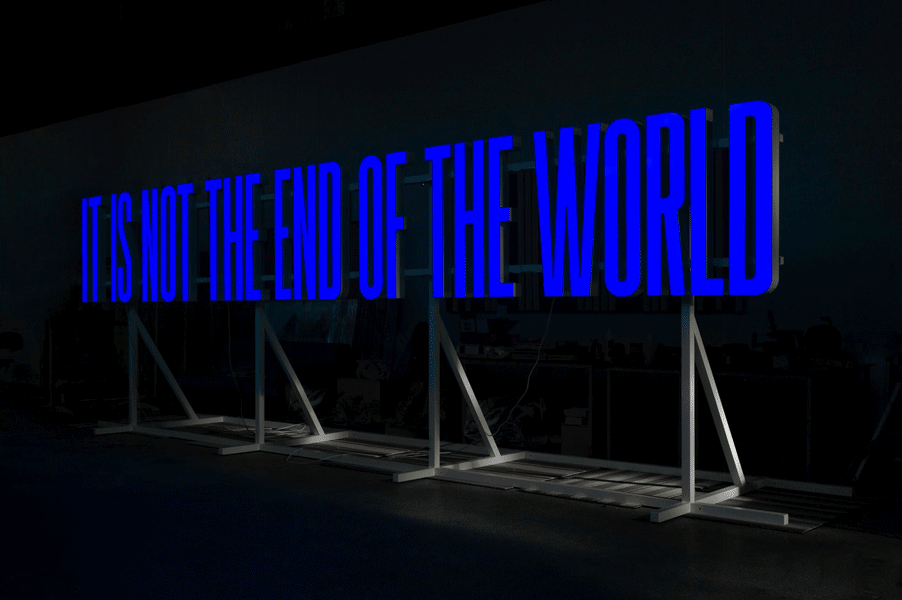
Dive-In (2019) is Superflex’s first large-scale artistic result from their ongoing project Deep Sea Minding. Installed for Desert X in Coachella Valley, the project looks towards a future dictated by the evolving consequences of climate change. Dive-In is an encounter across time, materials, and organisms. It imagines a future in which coastal cities are flooded and their lasting inhabitants are the fish. The installation establishes a meeting point between the present and a probable subaquatic future, operating as a drive-in cinema that will ultimately become a habitat for marine life. Previously, several types of structures were studied to classify the preferences of aquatic species. In particular, the pink hue attracted coral polyps and stimulated the flourishing of a new ecosystem. Scenes of fish engaging with prototypes of these structures are projected onto the pink coral walls, inviting human audiences to experience aquatic life personally while simultaneously incorporating the needs of the fish into the architecture as well.
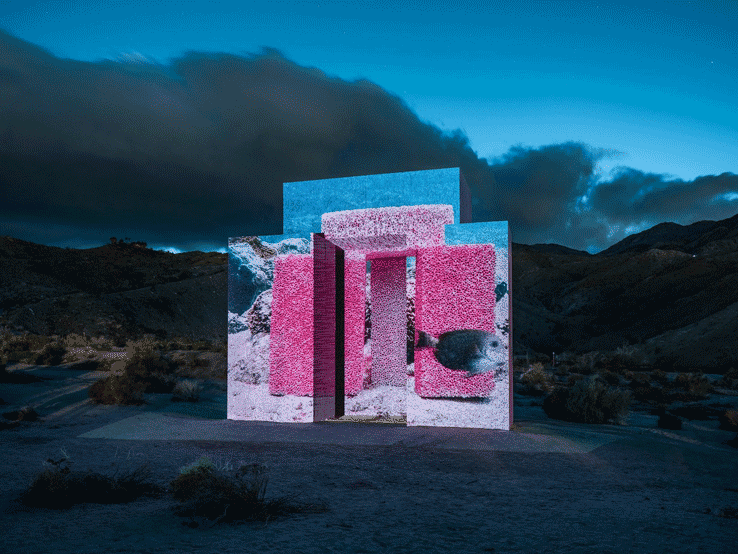
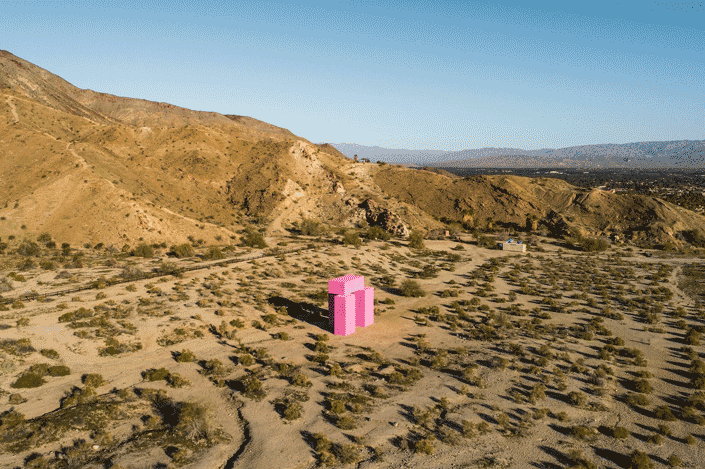
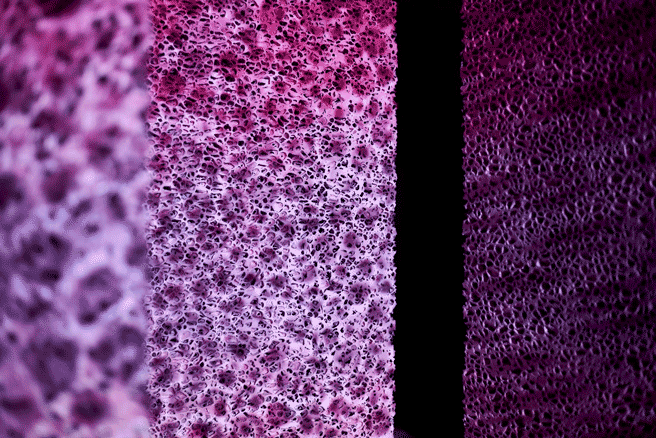
Power Toilet/UN (2010) is a permanent public art installation set up in a park in the Netherlands. The inside of the building is a replica of the toilets used by the members of the United Nations Security Council at the UN headquarters in New York City, one of the most secure places in the world. Power Toilets creates a scenario in which public accessibility to power structures is questioned. The installation takes the daily waste site of a toilet and turns it into public domain. It redistributes power by opening up one of the world’s most inaccessible places to the public. The work invites audiences to question the relationship between powerful infrastructures and their presentation to the world.
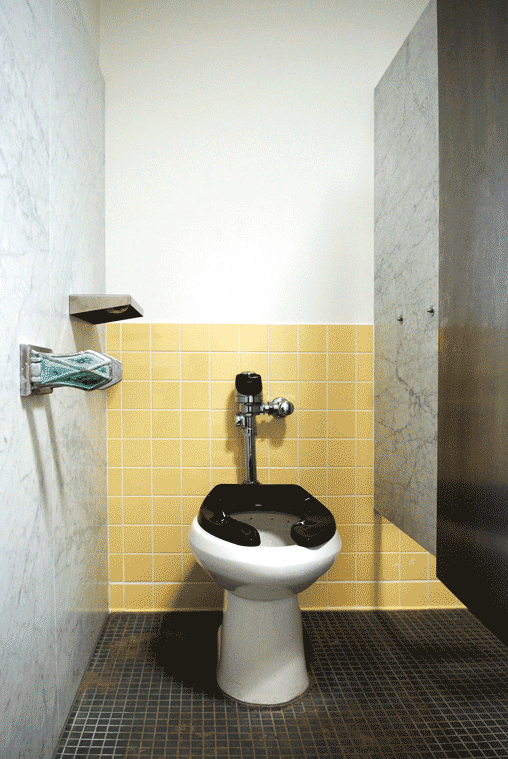
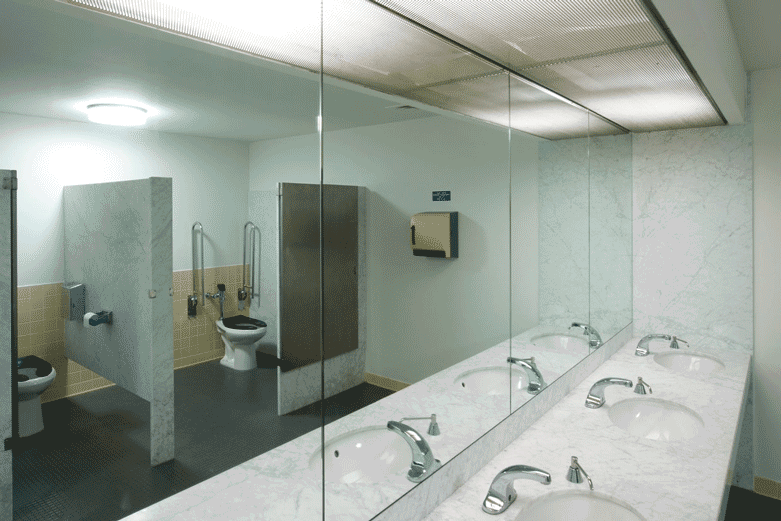
Superflex's art represents everyday life in a manner that exposes people's minds to destruction and intrigue. Their work blurs the line between art, architecture, and science, making it impossible to categorize. Superflex has a clear vision for every initiative, and their use of art exposes individuals to serious topics without being preaching specific outlooks. They move away from the conventional meaning of art, giving audiences a fresh, evolving idea of art that incorporates both human and non-human viewpoints.
For more information on Superflex Studios’ work visit: https://superflex.net/
